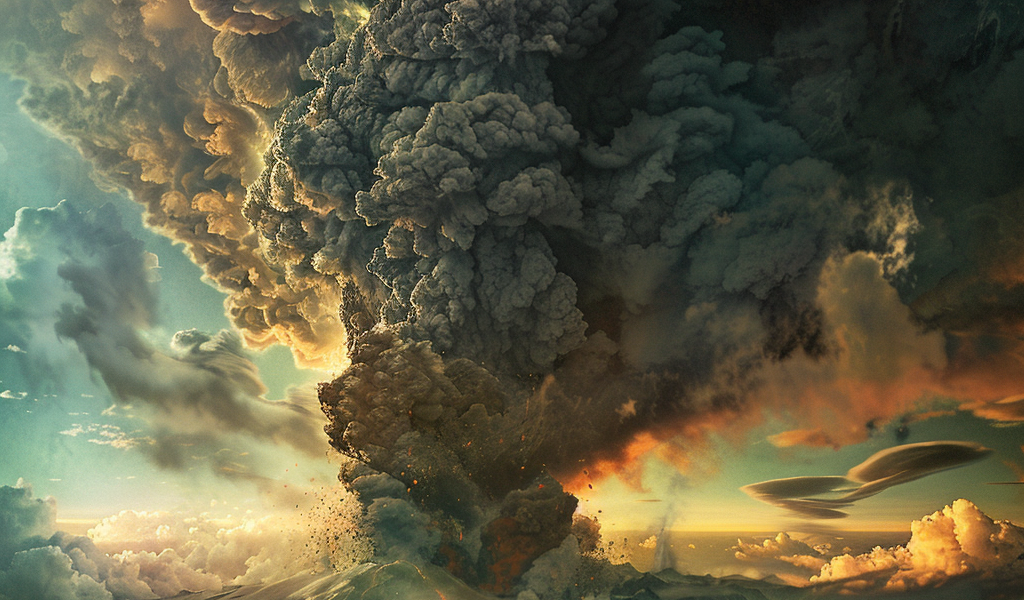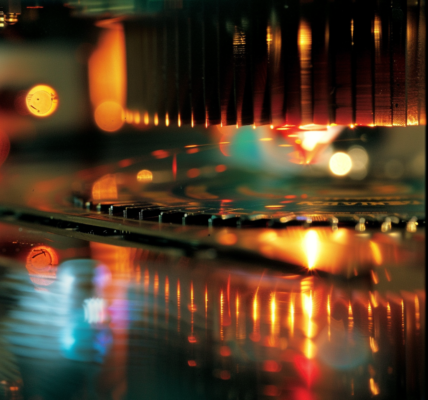What will happen when the next supervolcano erupts, according to NASA
A huge eruption is inevitable. But we’re not doomed.
The view from the International Space Station as the Raikoke volcano erupts in 2019. (Not a super-eruption; such an event hasn’t happened in modern history.) Credit: NASA
NASA has proposed sci-fi plans to potentially shut down a supervolcano — should one show signs of an imminent eruption.
But such a geologic scheme might not ever be necessary. In new research from NASA’s Goddard Institute for Space Studies and Columbia University, scientists found that the most powerful scale of eruption — which emits a mind-boggling amount of material into the atmosphere — would probably not plunge Earth into a deep, cold volcanic winter.
Indeed, the prodigious gasses and ash blasted into the sky by a “super-eruption,” which erupts over 240 cubic miles (1,000 cubic kilometers) of magma, would inevitably block some sunlight and have a cooling impact. It just likely wouldn’t be devastating to life globally, according to this latest research.
“The relatively modest temperature changes we found most compatible with the evidence could explain why no single super-eruption has produced firm evidence of global-scale catastrophe for humans or ecosystems,” Zachary McGraw, the study’s lead author and a researcher at NASA GISS and Columbia University, said in a statement. The research was recently published in the peer-reviewed Journal of Climate.
For reference, the infamous 1980 U.S. eruption of Mount St. Helens — which was so potent that it completely blacked out sunlight in Spokane, Washington, located 250 miles away — released 0.67 cubic miles of volcanic rock. While impressive, that’s a pittance compared to a super-eruption.
Of course, it’s (thankfully) impossible for earth scientists to analyze a recent super-eruption. They are rare. The last such event happened over 22,000 years ago at Taupo in modern-day New Zealand. Yellowstone, in the U.S., is widely known for its super-eruption abilities, too: Some Yellowstone eruptions over the past few million years created layers of volcanic lava rock over 1,300 feet (400 meters) thick.
Lacking direct observation of such a blast, scientists use computers to simulate how the mega-event would impact our planet. The key ingredient in prolonged volcanic cooling isn’t ash, which is actually tiny fragments of volcanic rock: It’s sulfur dioxide gas from volcanoes that condenses into liquid sulfate particles. Once high in the sky in Earth’s stratosphere (some six to 30 miles up), sulfur dioxide reacts with atmospheric molecules to produce droplets that can linger for a year or more. And when sunlight hits these droplets,





